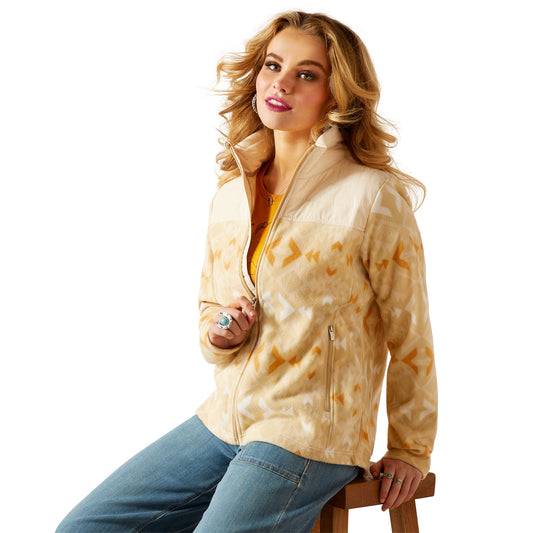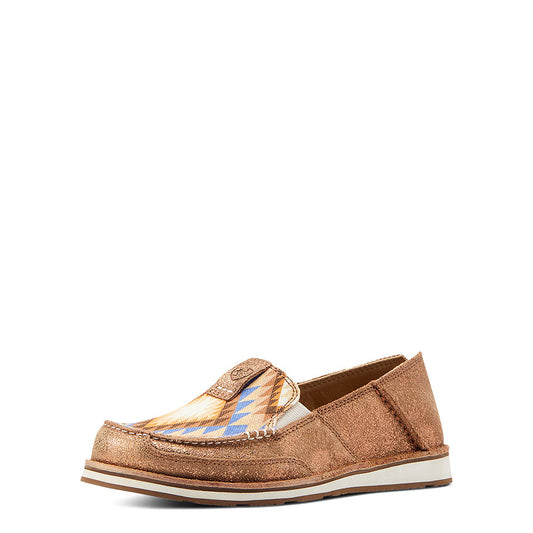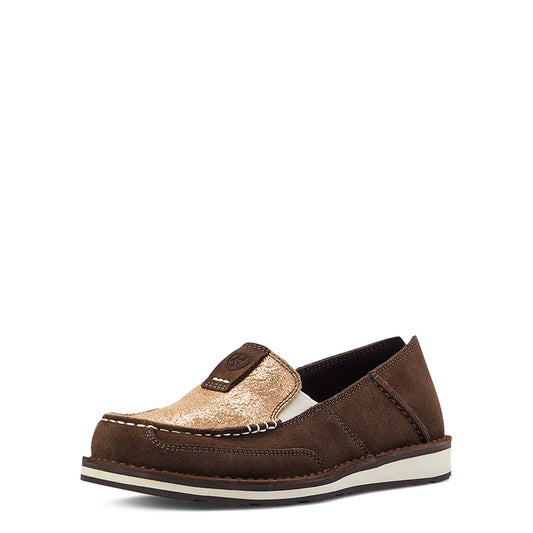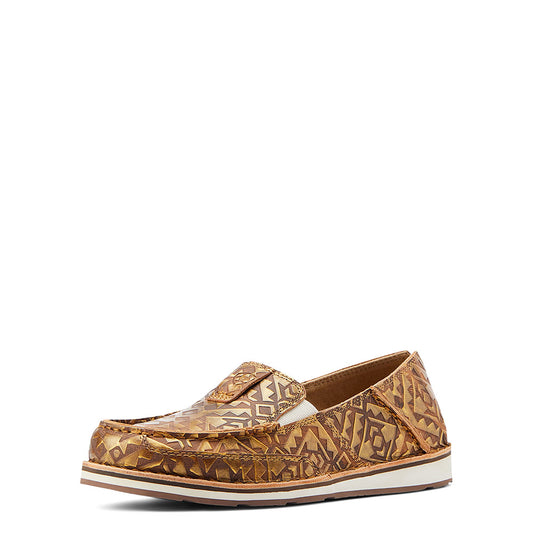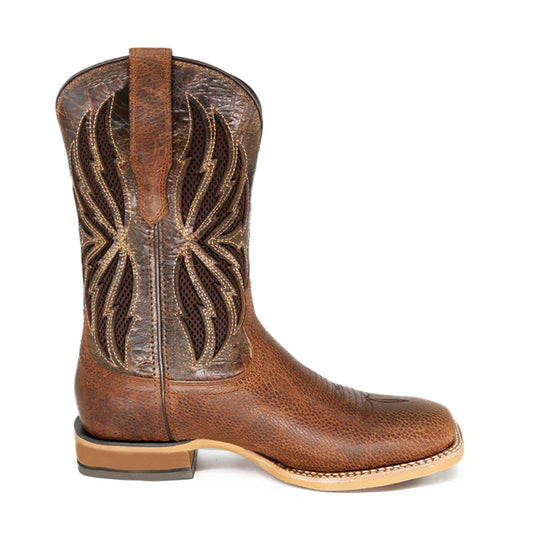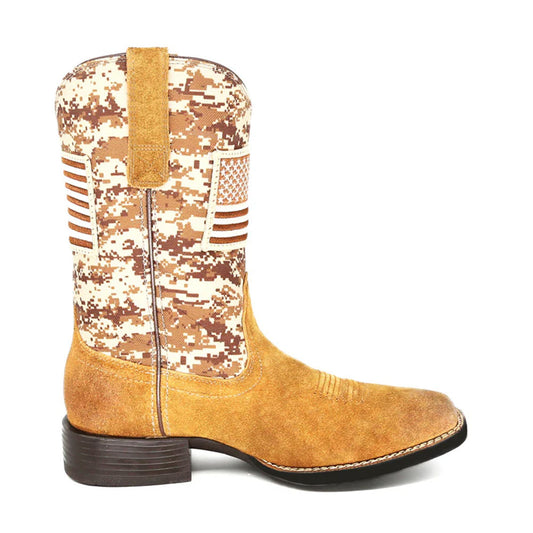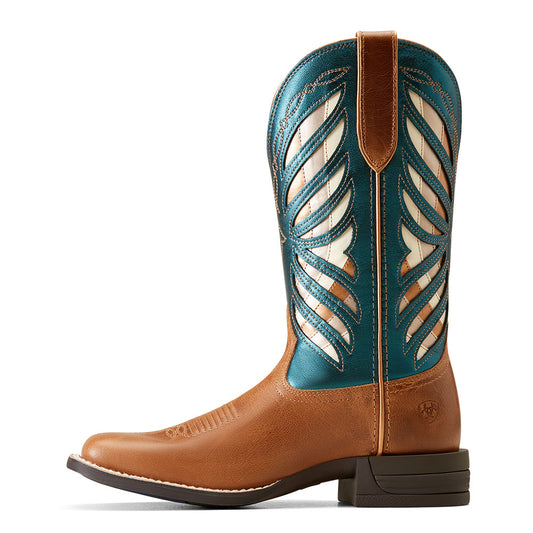A hat is a garment that is used specifically to cover the head, either from the sun, the cold or even to mark the social status of the wearer. The term hat has been modified, making it a specific term to designate the accessory that has a brim around the crown.
History and origins.
The first hats have their origins in ancient empires; In Ancient Egypt, various types of headdresses were already used, but one of the most recognized antecedents of the hat was the Phrygian cap.

Phrygian cap
A hat of Phrygian origin that was used by the Greeks to symbolize that anyone who wore it was a slave who had been granted freedom from it. In Greece the crown (Pilleus) and the petal (Petasus) also emerged, the petal being the first hat that had a brim.
The hat arises as a necessity to protect oneself from the sun and rain, mainly among the peasantry. The first hats were made mainly of felt and wool. The hats of the ancients were generally white as we see in many painted glasses that remain from antiquity. Sophocles makes Ismena appear the youngest of the daughters of Edipto adorned with one of these hats when she, having escaped from Thebes, went to Athens to join her father.
In the time of Charles VI of France, hats began to be used in the field. In that of Carlos III its use was introduced in the cities but only in rainy weather. In the reign of Luis XI they had already become more general and their use had been extended at all times to neighboring nations. It is clear that Charles IV of France wore a beaver hat when he entered Rouen in 1494. This hat was lined with crimson velvet and had a gold thread tassel at the top.
The greats then began to wear them trimmed with feathers, cords and other ornaments while the clergy and the common people continued to wear caps or hoods. Later, the use of the hat became general, varying the shape according to the time. In the early 20th century it was commonly used throughout the civilized world. Its use has been in decline since then, transforming its usefulness from a functional one to a fashion accessory.





